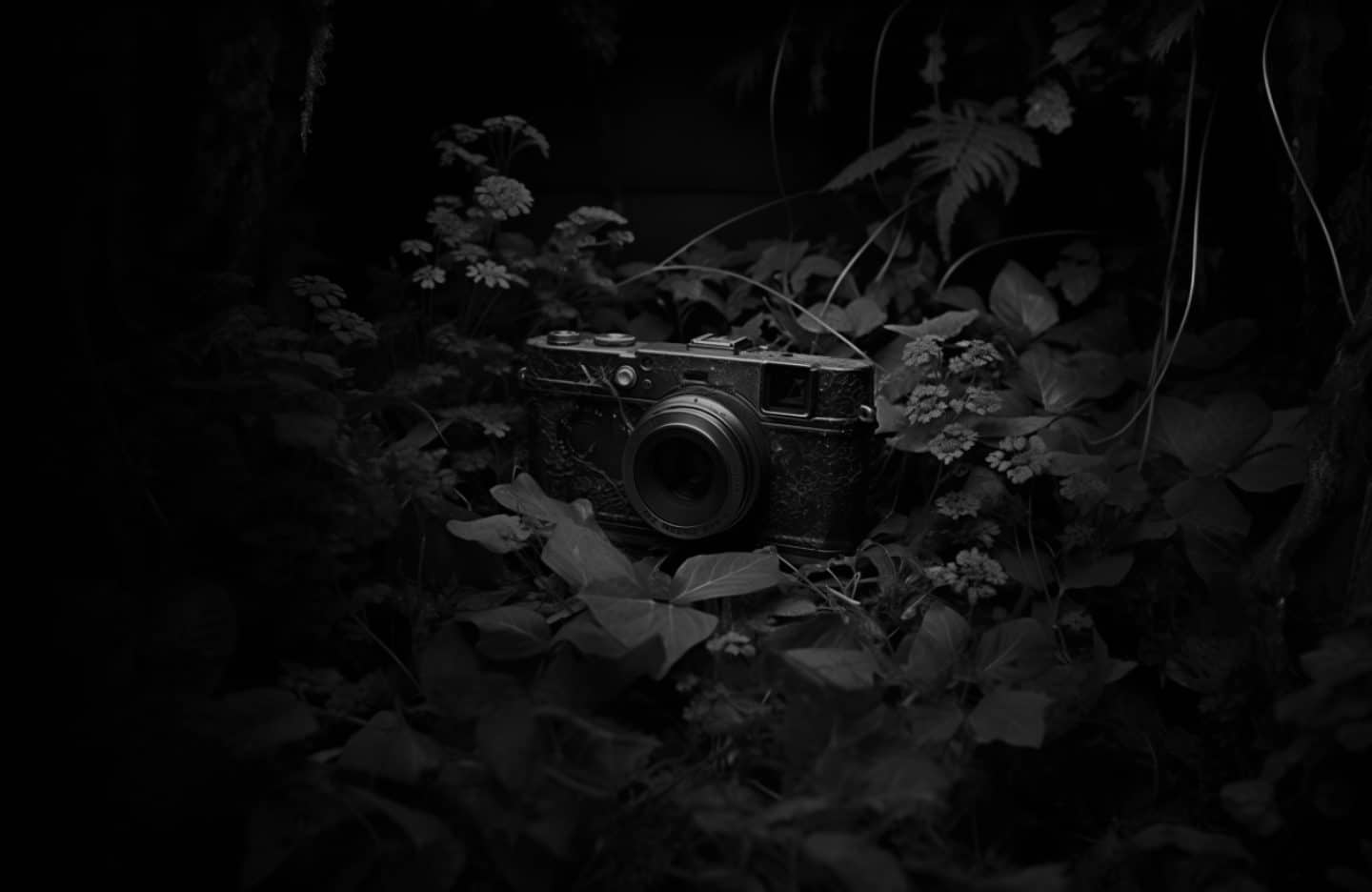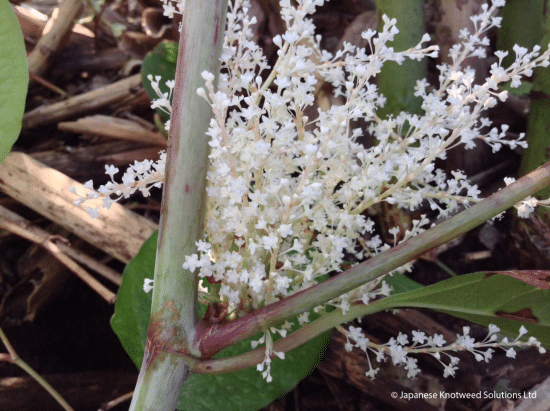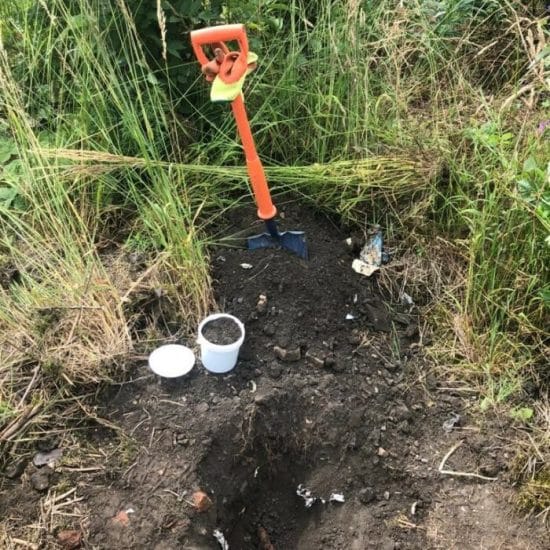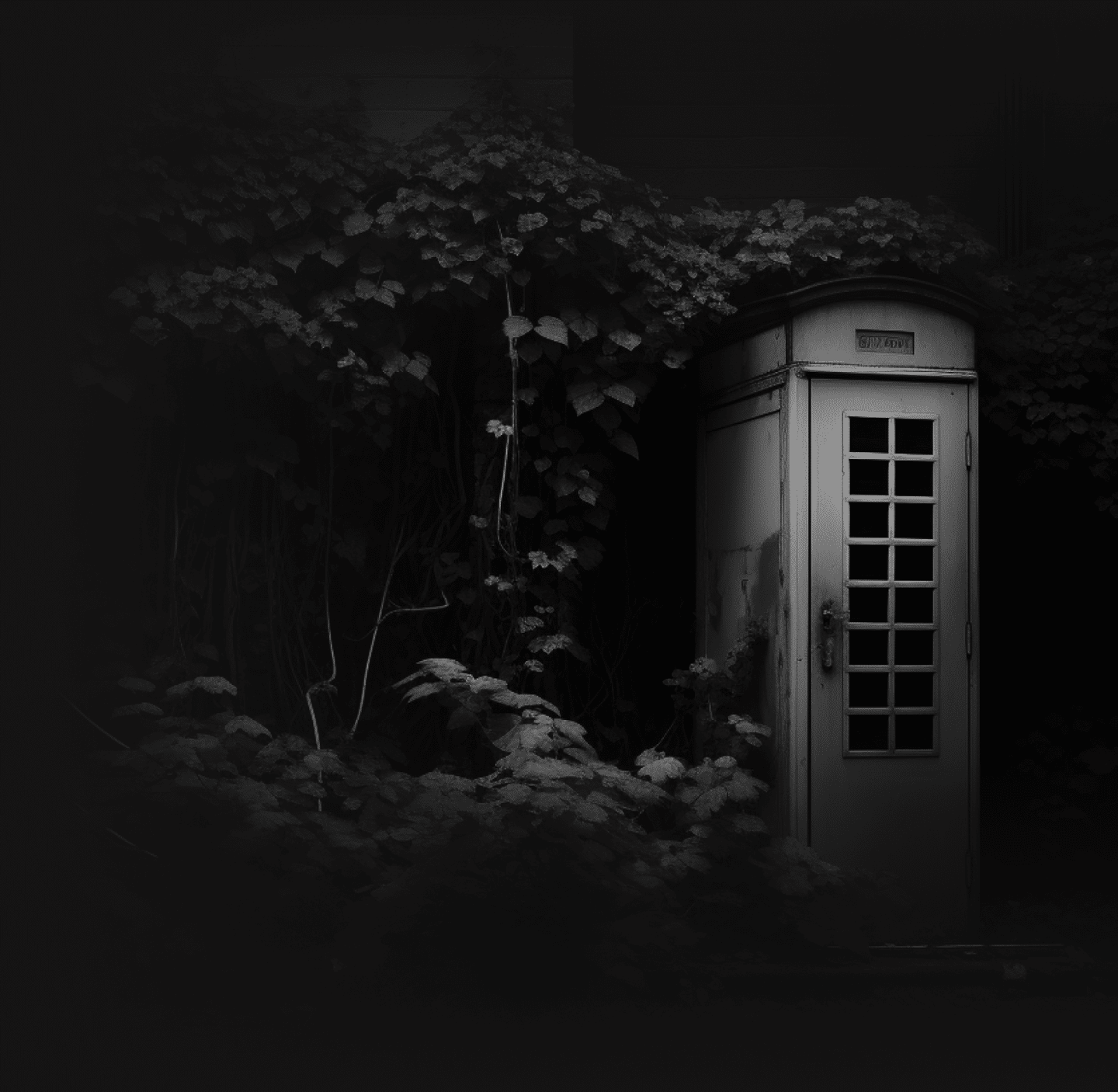Japanese Knotweed Images
Welcome to JKSL’s exclusive collection of Japanese Knotweed images, meticulously curated to showcase the captivating beauty and inherent threats posed by this invasive plant. Prepare to be captivated by the stunning visuals that bring to life the intricate details of Japanese Knotweed’s striking blooms, while fostering a deep understanding of the need for accurate identification and proactive measures.
REQUEST A QUOTE













